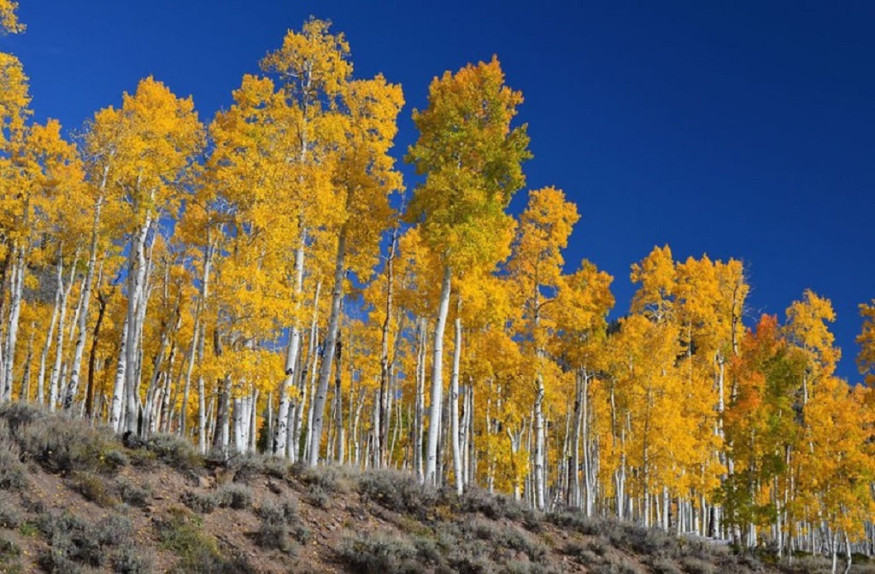
In Utah's Fishlake National Forest, a sprawling quaking aspen grove known as Pando stretches across over 100 acres, making it the largest organism on Earth.
Recent scientific research has revealed that Pando, which grows clonally through an interconnected root system, might also be among the planet's oldest living beings. Estimates suggest it could be between 16,000 and 80,000 years old, meaning it may have been alive since humans began migrating out of Africa.
How Pando's Unique Growth Pattern Helped It Survive Thousands of Years
According to LiveScience, Pando consists of approximately 47,000 genetically identical stems sprouting from a single, massive root network. Despite appearing as a forest, it is, in essence, one continuous organism.
Its name, derived from the Latin word for "I spread," reflects its unique growth pattern. Unlike most trees, Pando reproduces asexually through shoots called ramets, enabling it to endure millennia of environmental changes.
Scientists determined Pando's age by analyzing its genetic mutations, a process that tracks changes in DNA over time. Although the study's findings are not yet peer-reviewed, it provides the first comprehensive estimate of Pando's lifespan.
The wide range in age estimates stems from uncertainties about mutation rates and environmental factors influencing genetic changes. Pollen samples from a nearby lakebed suggest aspen trees have thrived in the area for at least 60,000 years, adding weight to the theory of Pando's ancient origins.
While some researchers believe Pando might be closer to 16,000 years old due to glacial conditions that would have made survival challenging 20,000 years ago, others argue its resilience is a testament to its adaptability.
Clonal organisms like Pando are particularly robust because they reproduce without mixing genetic material, avoiding potentially harmful mutations.
READ MORE : Catastrophic Wildfire in New York Kills 18-Year-Old Park Employee, Triggers Unhealthy Air Readings
World's Largest Living Organism Faces Threats but Shows Signs of Recovery
Pando's longevity offers valuable insights into plant biology and survival strategies. Its genome shows surprising stability, with mutations spreading more slowly than expected. This genetic resilience could explain its remarkable lifespan and ability to withstand environmental shifts.
However, Pando faces threats today. Overgrazing by deer and cattle has hindered its growth, leading to protective measures such as fencing off parts of the grove, Science Alert said.
Recent conservation efforts, combined with favorable weather, have shown promising signs of recovery.
© 2025 NatureWorldNews.com All rights reserved. Do not reproduce without permission.





